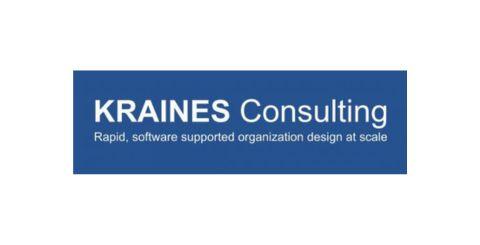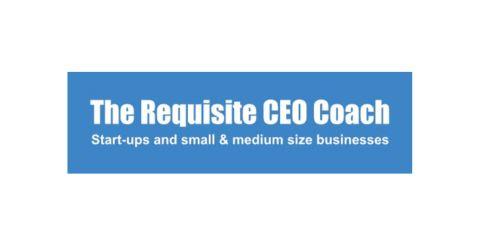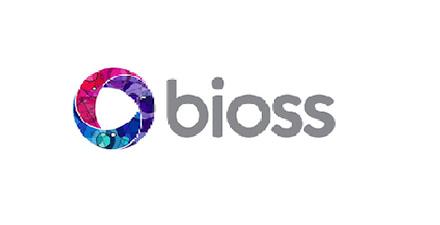Overview
"The Competent President" by K. Craddock is a comprehensive analysis of the qualities that define effective presidential leadership in the United States, culminating in a detailed examination of the 2024 presidential election and its aftermath. The book combines political history, cognitive theory, and contemporary events to argue that the ability to solve complex, long-term problems-what Craddock calls "dynamic logic"-is the most critical trait for presidential competence. Through a blend of narrative, data tables, and theoretical discussion, the author critiques recent presidents, the evolving political landscape, and the structural challenges facing American democracy.
The 2024 Election: A Case Study in Presidential Competence
Prelude to the Election
The book opens with the legal and political turmoil surrounding former President Donald Trump, including indictments and public controversies. Craddock describes how Trump faced multiple legal challenges, notably in Georgia under the RICO Act, and how his responses-such as publicizing judges' personal information-fueled further polarization. Meanwhile, President Joe Biden is portrayed as focused on crisis management, particularly in restoring pandemic preparedness and stabilizing the nation after the Trump administration, but sometimes at the expense of political messaging.
Biden’s Withdrawal and the Rise of Harris
Biden ultimately withdraws from the 2024 race, endorsing Vice President Kamala Harris. This is framed as an act of civic virtue, prioritizing the country’s welfare over personal ambition. Harris, with Tim Walz as her running mate, faces the twin challenges of inflation and immigration, both unresolved by the Biden administration. Harris is described as embodying civic virtue and electoral process, but the book questions whether she possesses the dynamic logic necessary for long-term, sustainable solutions.
The Trump Campaign and the Role of Media
Trump’s campaign is characterized by delay tactics in his legal cases and a reliance on media manipulation and entertainment value. Despite a poor debate performance against Harris, Trump leverages his skills as an entertainer and political tactician to maintain his support base. The book critiques the media for focusing on superficial questions and failing to address the substantive qualities needed in a president.
Debates, Polls, and the Logic of Leadership
Craddock introduces the concept of "cognitive capability" as revealed in debates, arguing that voters subconsciously assess candidates' logic levels. He presents data correlating debate performance with election outcomes, suggesting that candidates who demonstrate dynamic, serial logic (capable of addressing long-term, complex issues) are more likely to be re-elected.
Theoretical Framework: Logic Levels and Presidential Performance
Cognitive Capability and Logic Levels
The book categorizes presidents by their cognitive approach to problem-solving, using a hierarchy of logic levels:
-
Dynamic Logic (Levels 7 and 8): Presidents who can anticipate and address long-term, interconnected problems. Examples include Washington, Lincoln, FDR, and Eisenhower.
-
Static Logic (Levels 5 and 6): Presidents who manage day-to-day issues but struggle with crises or systemic change. Biden and Trump are placed here.
-
Below Level 5: "Clunkers" who are inadequate for the office, such as Tyler, Pierce, Buchanan, and Harding.
Craddock asserts that all presidents who used dynamic logic were re-elected, while those at lower levels had much lower re-election rates.
Impact of External Events
The book acknowledges that no president can control all external events, but argues that the best presidents are those who are prepared to respond effectively to crises. Some presidents, like John Tyler, faced few challenges and left little legacy, while others, like Grover Cleveland, were overwhelmed by events beyond their capability.
The 2024 Election Results and Analysis
Election Outcome
Trump wins the 2024 election with 49.8% of the vote to Harris’s 48.3%, taking all seven battleground states and securing 312 electoral votes. The book notes that while some supporters claim a landslide, the result is clear but not overwhelming. The Democratic Party is left with a reputation as the "party of the elites," and Harris is criticized for failing to distance herself from Biden’s unresolved issues.
Factors in Harris’s Defeat
-
Harris’s inability to differentiate her platform from Biden’s, especially on inflation and immigration.
-
The framing of abortion as a women-only issue, which alienated some male voters.
-
Trump’s refusal to debate again after a poor performance, which allowed his campaign to control the narrative in the final weeks.
Could Biden Have Won?
Craddock speculates that Biden might have kept Trump from penetrating the Democratic base, but questions remain about his ability to appeal to younger voters.
The Trump 2.0 Administration
Early Actions and Policy Directions
Trump’s second term begins with a flurry of executive orders and the establishment of the Department of Government Efficiency (DOGE), aimed at reducing government size and justifying lower taxation. Craddock draws parallels to the Reagan-era "starve the beast" strategy and criticizes Trump’s misunderstanding of economic concepts like efficiency, especially the differences between public and private sector management.
Project 2025 and the Alt-Right Agenda
The book discusses "Project 2025," a 933-page policy agenda drafted by Heritage Foundation affiliates and former Trump officials, which was not presented to voters before the election. The agenda includes dismantling federal agencies and eliminating diversity, equity, and inclusion initiatives, described as a surprise "switcheroo" for the electorate.
Economic and International Policy Missteps
Craddock criticizes Trump’s continued advocacy for tariffs, which historically have led to retaliatory measures and economic instability. The appointment of Elon Musk as an "efficiency expert" is cited as an example of misunderstanding the distinct challenges of public sector management. Trump’s approach is described as favoring loyalists over competence, drawing a parallel to Soviet-era practices that led to systemic collapse.
Structural Problems and Recommendations
Education and Workforce Development
A major theme is the failure of American education to prepare citizens for complex, dynamic problem-solving. The book argues for the inclusion of statistical quality control, continual improvement, and system change in public curricula, citing Japan’s success with these methods. The lack of such education is linked to declining competitiveness and rising unemployment.
Systemic Issues in Management and Labor
Craddock critiques the trend of treating training as a cost rather than an investment, the prevalence of non-compete clauses, and the misapplication of teamwork and distributed decision-making, which often undermine accountability. The book also highlights the negative effects of extended copyright protection and the need to rethink American capitalism to reward innovation and dynamic entrepreneurship.
Electoral System Flaws
The author critiques the Electoral College for its outdated rural bias and the modern primary system for promoting chaos and voter apathy. The increasing influence of money, particularly from monopolistic interests (the "Wichita Network"), is seen as distorting the democratic process.
Lessons from History and the Path Forward
Presidential Rankings and Logic Levels
Craddock presents tables ranking presidents by logic level and re-election success, arguing that voters tend to reward dynamic thinkers who can address long-term challenges. He encourages voters to watch past debates, especially those of Kennedy and Reagan, to learn to recognize dynamic logic.
The Isolated Voter and Media Manipulation
The book warns of the dangers posed by isolated voters who rely on static logic and are easily manipulated by ownership-biased media. Craddock calls for leadership that can anticipate and guide public values, rather than pander to immediate reactions.
The Need for Competence Over Charisma
Ultimately, "The Competent President" argues that the survival and success of the American republic depend on selecting leaders who possess the cognitive capability to solve complex, long-term problems. Charisma, entertainment value, and media manipulation are insufficient substitutes for true competence.
Conclusion
Craddock’s "The Competent President" is both a critique of recent political developments and a call to reform the criteria by which Americans select their leaders. By analyzing the 2024 election and the broader history of presidential leadership through the lens of cognitive capability, the book urges voters, educators, and policymakers to prioritize dynamic, long-term problem-solving skills in the nation’s highest office. Only by doing so, the author concludes, can the United States address its mounting challenges and preserve its democratic institutions for future generations.




